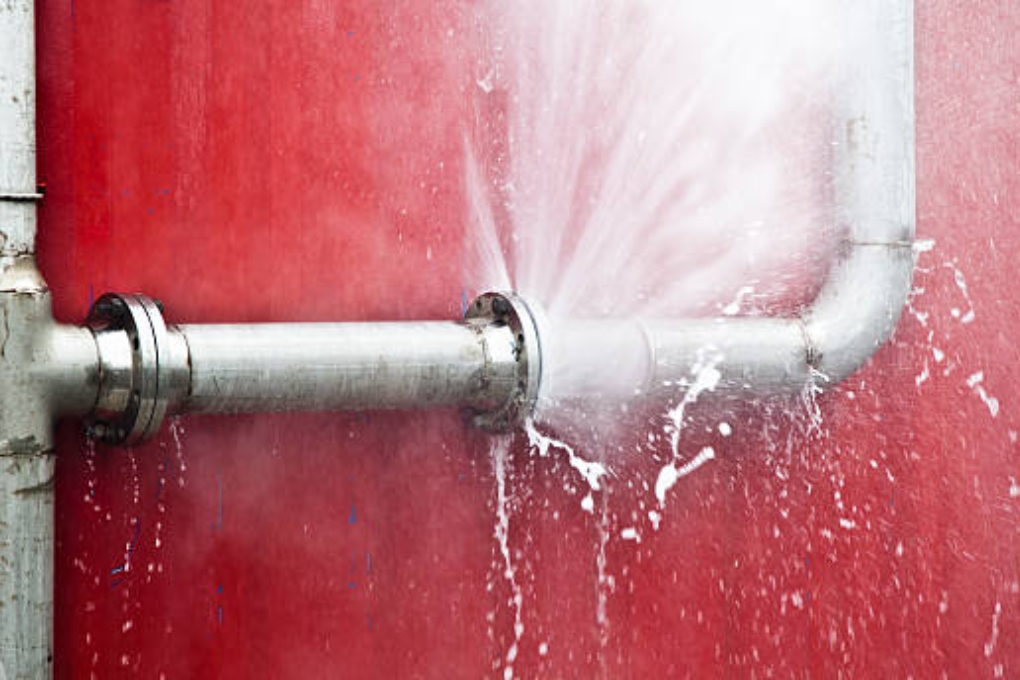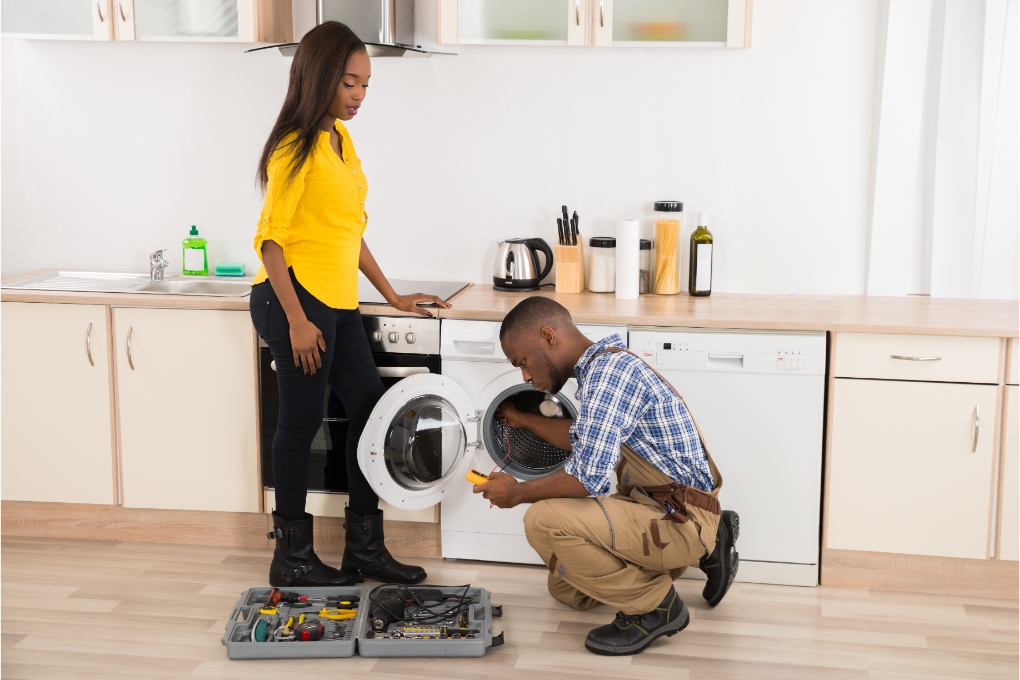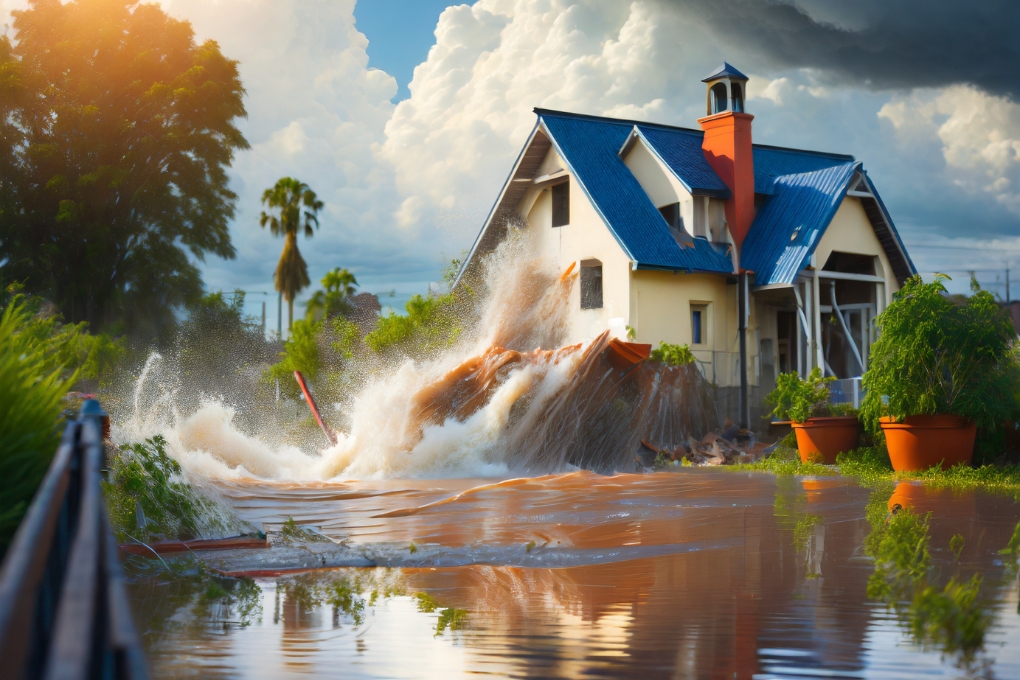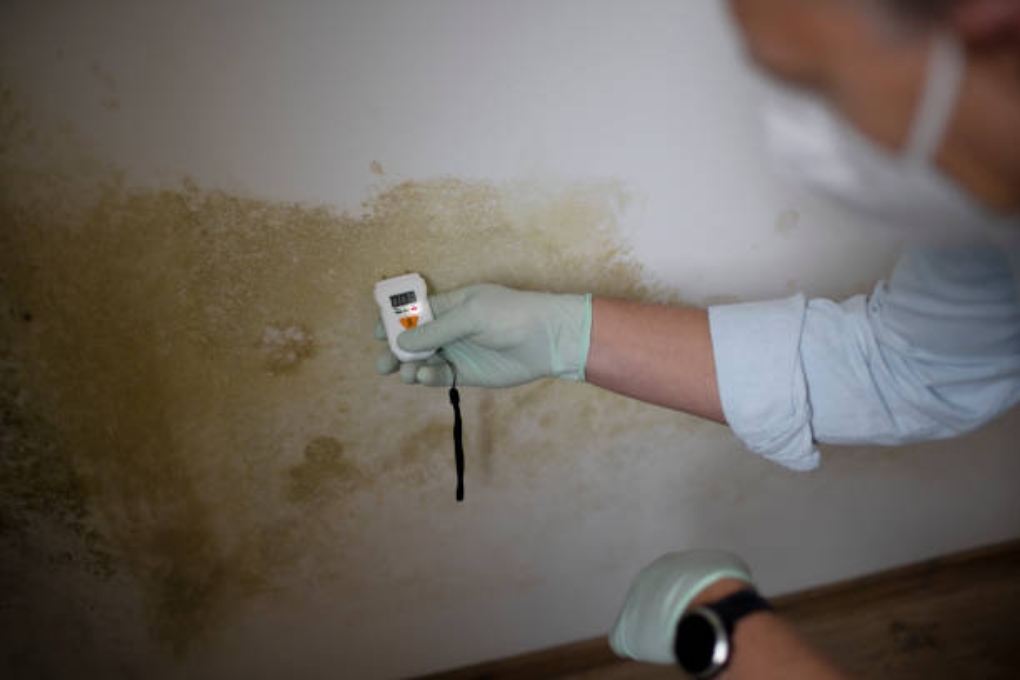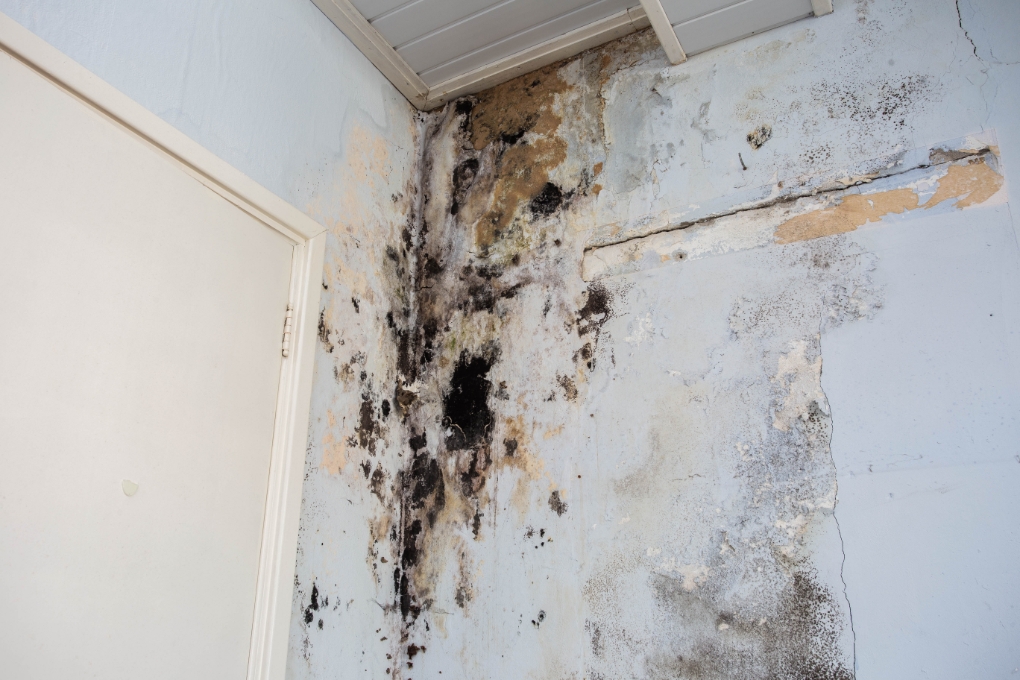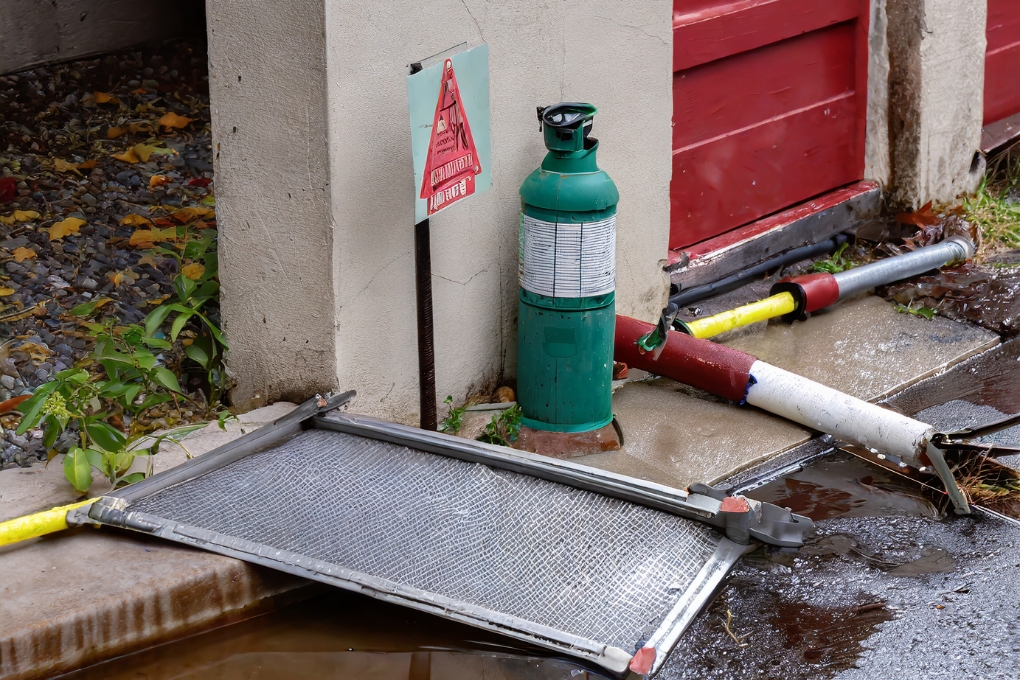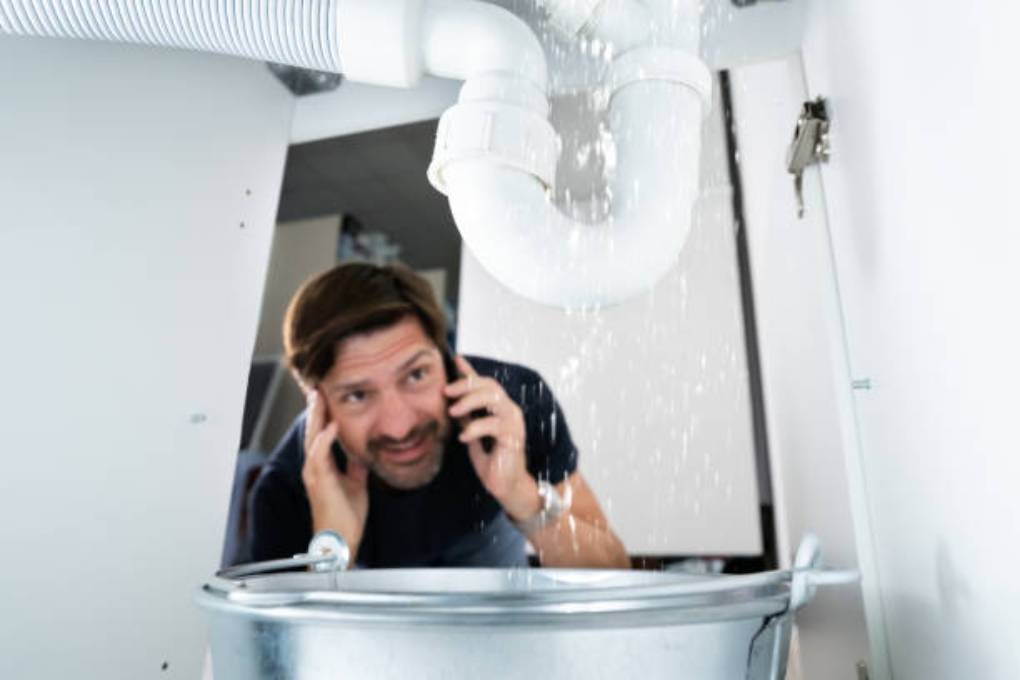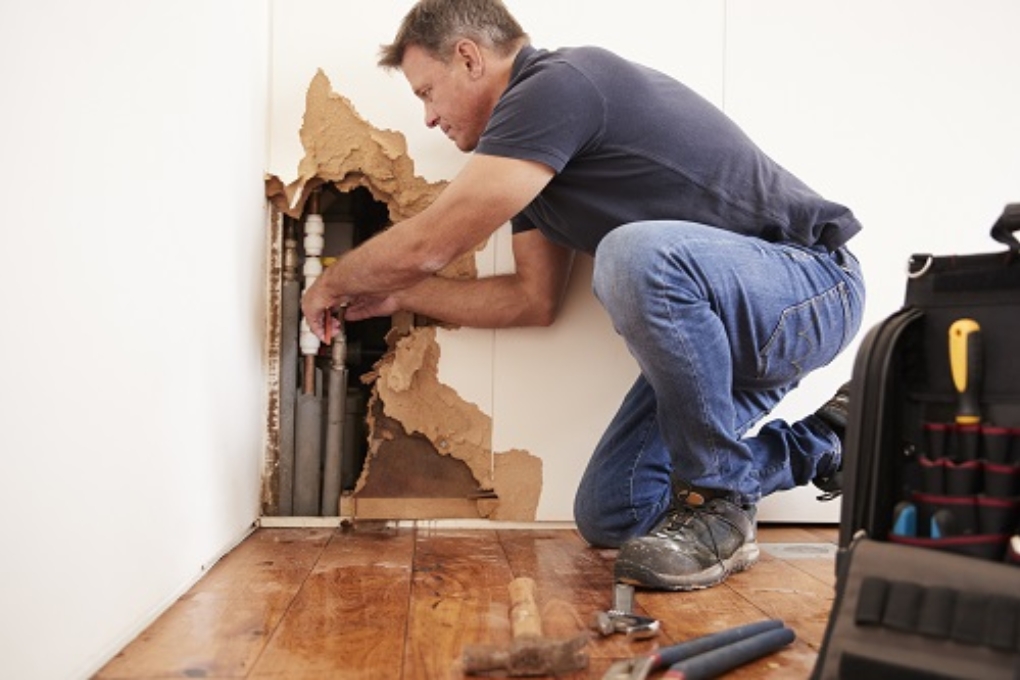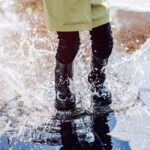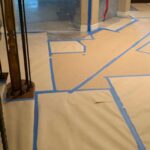Water damage can indeed be devastating, but a quick and efficient response is important as identifying emergency scenarios for water damage restoration enables you to mitigate further damage and expedite recovery.
In advent of emergency scenarios, there are some key steps that you should take for your safety such as shutting off the water source, if possible. And the next step is to contact professionals for immediate assistance to assess the extent of damage and initiate cleanup and drying processes.
You also need to document the damage for insurance purposes. It is worthy to note that timely action is vital in minimizing long-term consequences and returning your home or business to normalcy.
What are Emergency Scenarios to Restore Water Damage
Some of the most common emergency scenarios for water damage restoration include:
Broken Pipes
Broken pipes can lead to the sudden release of a large volume of water into your home. This can happen due to factors like freezing temperatures, corrosion, or physical damage to the plumbing system. Broken pipes can cause immediate flooding, leading to extensive water damage within minutes. The longer the water flows, the more structural damage it can cause. It can also disrupt your daily life, forcing you to shut off water supply until the issue is resolved.
Read More: Dehumidifying Wood Floors: Preventing Moisture Damage
Appliance Malfunction
Appliances such as washing machines, dishwashers, or water heaters can malfunction, resulting in leaks or overflow. These malfunctions can occur suddenly and without warning. Appliance malfunctions can quickly flood areas, damaging flooring, walls, and personal belongings. In some cases, it can pose electrical hazards, especially if water comes into contact with electrical components. Rapid response is essential to prevent extensive damage and ensure safety.
Natural Disasters (e.g., Floods, Storms)
Natural disasters like floods, hurricanes, or heavy storms can lead to water intrusion on a large scale. This can occur through roof leaks, rising water levels, or flash flooding. Natural disasters can cause catastrophic water damage within moments. They can compromise the structural integrity of your home, destroy valuable possessions, and create unsafe conditions. Immediate action, such as evacuating if necessary and securing your property, is vital during such emergencies.
Identify Potential Water Sources
The initial step in identifying emergency scenarios for water damage restoration involves a comprehensive assessment of all potential water sources within your home or business. This encompasses inspecting plumbing systems, appliances like washing machines and dishwashers, water heaters, and HVAC units. It’s crucial to pay extra attention to areas prone to water leaks, such as beneath sinks, behind toilets, and in basements or crawl spaces.
Regular inspections and maintenance of these sources can help detect issues early on, results in reducing the risk of significant water damage and ensuring a more prompt and effective response in case of emergencies.
Look for Signs of Damage for Water Damage Restorations
Once you’ve identified potential water sources, it’s essential to be vigilant for signs of water damage throughout your home or business. These signs can include:
Wet Floors, Walls, or Ceilings: Wet floors can be the most prominent signs of water damage. Therefore, look for visible moisture or dampness in the areas which can be indicative of leaks or seepage.
Musty Odors: A persistent musty or moldy smell may suggest hidden moisture or mold growth, often a result of water damage. It could also be a warning sign of potential damage at your home or office.
Mold Growth: Mold colonies, with their distinct fuzzy appearance and discoloration, often indicate the presence of excessive moisture or water intrusion in the affected area which highlights the need for immediate attention to prevent further damage and health risks.
Discolored or Peeling Paint: Water damage can also lead to the bubbling, peeling, or discoloration of paint on walls and ceilings, as moisture penetrates the surface. Which results in compromising adhesion and causing potentially structural issues if left unaddressed.
Warped or Buckled Wood: Exposure to water can gradually cause wooden surfaces like flooring to warp or buckle, as the wood absorbs water and undergoes physical changes which results in warping. That’s why timely intervention is crucial to prevent further damage.
Blistering Wallpaper: Moisture intrusion can lead to the formation of bubbles or blisters in wallpaper, revealing potential water damage beneath and emphasizing the importance of addressing the source of moisture to maintain the integrity of both the wallpaper and the underlying surfaces.
Electrical Shorts: The presence of electrical issues such as shorts, sparks, or malfunctioning outlets can be a hazardous consequence of water exposure, which highlights the critical need for immediate inspection and repairs to lessen the risk of electrical fires and accidents.
Assess the Severity of the Damage
After identifying signs of water damage, it’s decisive to assess its severity. If the damage is relatively minor, such as a small leak or a localized wet area, and you have the necessary knowledge and equipment, you can initiate the cleanup process immediately yourself.
However, in cases of severe damage, like extensive flooding, structural damage, or if you’re uncertain about the appropriate actions to take, it’s highly advisable to contact a professional water damage restoration company. Below, we have mentioned in detail what you can do in case of emergency.
What to do if you have a Water Damage Emergency
In case of water emergency, the most important thing is to take quick action. Because the sooner you start the cleanup process, the less damage there will it cause to your property.
Let’s see what you can do in emergency water damage and when you can call the help from professionals.
Handling Water Damage Restorations Yourself
If the damage is minor and you think that you can handle it yourself, you have to follow the steps mentioned below.
Turn Off the Water Supply: Locate the source of the water intrusion and shut off the water supply to that area or the entire building if necessary. This step is crucial to prevent additional water from entering the affected area.
Remove Standing Water: Use tools like a mop, wet or dry vacuum, or a sump pump to eliminate any standing water. Ensure the area is as dry as possible to prevent further damage and mold growth.
Dry the Area: Set up fans and dehumidifiers to facilitate drying. Circulating air and reducing humidity are essential for preventing mold and reducing moisture levels in walls, floors, and other affected surfaces. Consider opening windows if outdoor conditions permit.
Remove Damaged Materials: Identify and remove any materials that are extensively damaged and cannot be recovered. This may include saturated drywall, insulation, carpeting, or other flooring materials. Removing these items can prevent further moisture retention and mold growth.
Clean and Disinfect: After removing damaged materials, clean and disinfect the area thoroughly. Use appropriate cleaning agents to sanitize surfaces and inhibit mold and bacterial growth. Pay close attention to areas that came into contact with contaminated water.
Calling a Professional Water Damage Restoration Service
If the water damage is severe, widespread, or you’re uncertain about how to proceed, it’s highly recommended to contact a professional water damage restoration company such as SS Water Restoration services. The company has years of experience in professional water restoration in Cross Roads and possess the required experience and expertise to carry out restoration process. Here is why you should hire SS Water Restoration:
Expertise: Company has got the experience and knowledge to assess the situation accurately and employ the most effective restoration techniques.
Specialized Equipment: We also have access to specialized equipment such as industrial-grade dehumidifiers, air movers, and moisture meters for thorough drying and moisture detection.
Mold Prevention: SS Water Restoration can effectively prevent mold growth and structural damage, which can be challenging to manage without the right expertise and equipment because we are Certified mold cleanup service provider.
Insurance Claims: We can assist with documenting the damage for insurance purposes, helping you with the claims process.
FAQs
How to calculate water damage restoration cost?
Water damage restoration costs depend on factors like the extent of damage, size of the affected area, required repairs, and professional services. To calculate, obtain quotes from restoration companies and consider insurance coverage if applicable.
Does SS Water Restoration also carry out residential water damage restoration?
SS Water restoration typically provides restoration services for homes and residential properties affected by water damage. They specialize in mitigating damage, drying affected areas, and restoring the property to its pre-damaged condition.
Conclusion
Identifying emergency scenarios for water damage is crucial to swift and effective response. Whether it’s broken pipes, appliance malfunctions, or natural disasters, recognizing these situations quickly can minimize damage, protect your property, and ensure your safety. Immediate action and professional assistance, when needed, are key to successfully addressing these water-related emergencies.


